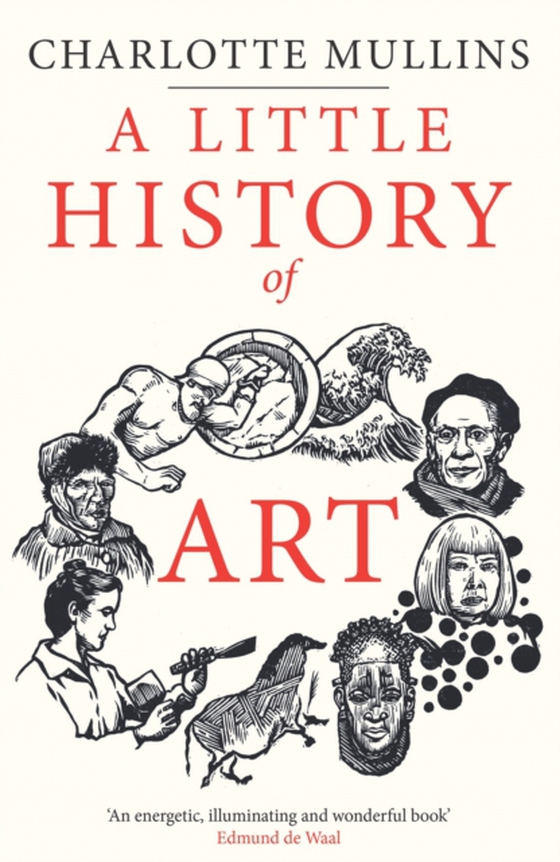
Little History of Art e-bog
146,74 DKK
(inkl. moms 183,42 DKK)
A thrilling journey through 100,000 years of art, from the first artworks ever made to art's central role in culture today. "e;A fresh take on art history as we know it."e; (Katy Hessel, The Great Women Artists Podcast) Charlotte Mullins brings art to life through the stories of those who created it and, importantly, reframes who is included in the narrative to create a more diverse and...
E-bog
146,74 DKK
Forlag
Yale University Press
Udgivet
26 april 2022
Længde
368 sider
Genrer
AC
Sprog
English
Format
pdf
Beskyttelse
LCP
ISBN
9780300265538
A thrilling journey through 100,000 years of art, from the first artworks ever made to art's central role in culture today. "e;A fresh take on art history as we know it."e; (Katy Hessel, The Great Women Artists Podcast) Charlotte Mullins brings art to life through the stories of those who created it and, importantly, reframes who is included in the narrative to create a more diverse and exciting landscape of art. She shows how art can help us see the world differently and understand our place in it, how it helps us express ourselves, fuels our creativity and contributes to our overall wellbeing and positive mental health. Why did our ancestors make art? What did art mean to them and what does their art mean for us today? Why is art even important at all? Mullins introduces readers to the Terracotta Army and Nok sculptures, Renaissance artists such as Giotto and Michelangelo, trailblazers including Kathe Kollwitz, Pablo Picasso, Frida Kahlo, and contemporary artists who create art as resistance, such as Ai Weiwei and Shirin Neshat. She also restores forgotten artists such as Sofonisba Anguissola, Guan Daosheng and Jacob Lawrence, and travels to the Niger valley, Peru, Java, Rapa Nui and Australia, to broaden our understanding of what art is and should be. This extraordinary journey through 100,000 years celebrates art's crucial place in understanding our collective culture and history.
 Dansk
Dansk

